Home>Ideas and Tips>Indoor Carnivorous Plant Care and Unique Houseplant Ideas
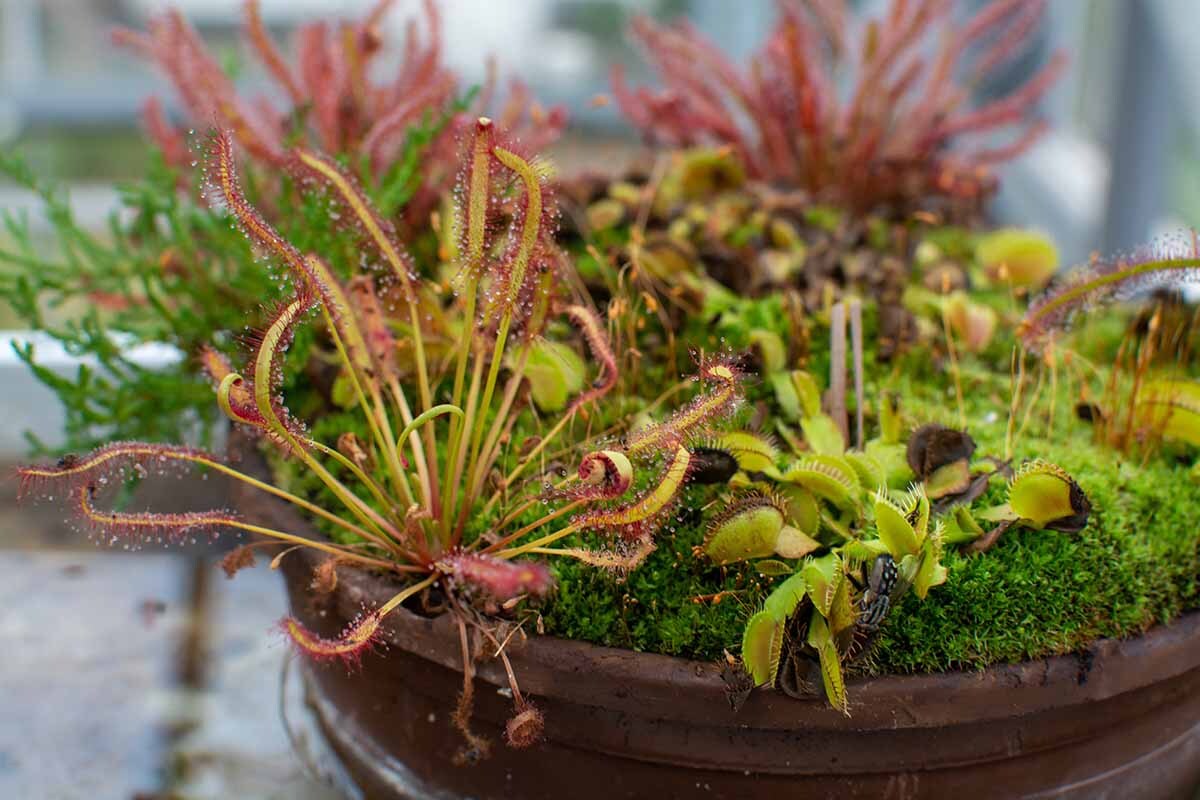

Ideas and Tips
Indoor Carnivorous Plant Care and Unique Houseplant Ideas
Published: September 2, 2024
Discover how to care for indoor carnivorous plants with our unique houseplant ideas. Learn tips for Venus flytraps, pitcher plants, and more!
(Many of the links in this article redirect to a specific reviewed product. Your purchase of these products through affiliate links helps to generate commission for Storables.com, at no extra cost. Learn more)
Indoor Carnivorous Plant Care: Unique Houseplant Ideas
Carnivorous plants are a fascinating group of plants that have evolved to obtain essential nutrients by capturing and digesting small animals and insects. These plants thrive in environments where the soil is poor in nutrients, and they have developed unique mechanisms to attract and trap prey. If you're looking to add a touch of the exotic and unique to your indoor space, carnivorous plants are an excellent choice. In this article, we will delve into the world of indoor carnivorous plant care, exploring the different types of plants, their specific care requirements, and some unique houseplant ideas to enhance your collection.
5 Fascinating Varieties to Grow Indoors
-
Venus Flytrap (Dionaea muscipula)
-
The Venus flytrap is one of the most iconic carnivorous plants and is often the first one that comes to mind when thinking about these unique plants. Native to the bogs and wetlands of coastal North and South Carolina, it has adapted to capture insects using its sensitive trigger hairs on its leaves. The leaves snap shut in less than a second when an insect lands on them, trapping the prey inside. The plant then digests the insect using enzymes and absorbs the nutrients.
-
Care Requirements:
- Bright, direct sunlight is essential for the Venus flytrap. A south- or west-facing windowsill is ideal, but if this is not possible, a grow light set to run for 12-14 hours can replicate the necessary light conditions.
- Use a potting mix specifically designed for carnivorous plants, which typically includes a blend of sphagnum moss and horticultural sand.
- Mineral-free water is crucial; distilled water or rainwater is recommended. Tap water should be left to sit for 24 hours to allow minerals like chlorine and fluoride to evaporate.
-
-
Pitcher Plants (Nepenthes)
-
Pitcher plants are another fascinating variety that can thrive indoors. These plants are native to Southeast Asia, Australia, and Madagascar and produce vase-shaped contraptions called pitchers. The pitchers secrete a sweet nectar that attracts insects, which then fall into the pitcher and are trapped by the slippery walls.
-
Care Requirements:
- Pitcher plants prefer bright light but should be protected from direct sunlight to prevent scorching. A light, open potting mix like sphagnum moss is ideal.
- Humidity is crucial; maintaining a humidity level of about 50% will help these plants thrive.
- Mineral-free water should be used; tap water can be left to sit for 24 hours before use.
-
-
Butterwort (Pinguicula)
-
Butterworts have low-growing rosettes with sticky insect-trapping leaves and pretty purple flowers. They thrive in terrariums and are relatively low maintenance.
-
Care Requirements:
- Bright, indirect light is preferred; direct sunlight can cause the leaves to become scorched.
- Use a potting mix specifically designed for carnivorous plants.
- Mineral-free water is essential; distilled water or rainwater is recommended.
-
-
Sundews (Drosera)
-
Sundews are covered in sticky droplets of glue-like substance called mucilage that traps insects. They are relatively easy to care for and can thrive indoors.
-
Care Requirements:
- Bright, indirect light is preferred; direct sunlight can cause the leaves to become scorched.
- Use a potting mix specifically designed for carnivorous plants.
- Mineral-free water is essential; distilled water or rainwater is recommended.
-
-
Bladderwort (Utricularia)
-
Bladderworts are aquatic carnivorous plants that capture small organisms using bladder-like traps. They are relatively low maintenance and can thrive in a terrarium.
-
Care Requirements:
- Bright, indirect light is preferred; direct sunlight can cause the leaves to become scorched.
- Use a potting mix specifically designed for carnivorous plants.
- Mineral-free water is essential; distilled water or rainwater is recommended.
-
FAQs About Carnivorous Plant Care
Do You Need to Feed Carnivorous Plants?
Carnivorous plants are adapted to nutrient-poor environments and obtain their nutrients from the insects they capture. Fertilizing them can be harmful as it provides them with unnecessary nutrients. However, if your plant isn't getting enough insects during the growing season, you may need to give it a helping hand by feeding it live bugs or dried mealworms.
What Are Some Common Problems When Growing Carnivorous Plants?
Some common problems when growing carnivorous plants include pests like aphids. These can be eradicated using neem oil. Additionally, ensuring that the plant receives the right amount of light and water is crucial to prevent issues like root rot or leaf scorch.
Unique Houseplant Ideas
Complementing Carnivorous Plants with Blooming Varieties
To elevate your indoor display even further, consider complementing your carnivorous plants with a few blooming varieties. Plants like bromeliads and anthurium can flower all year round, adding extra color and intrigue to your collection.
Creating a Terrarium
Terrariums are an excellent way to showcase carnivorous plants. They provide a controlled environment that maintains high humidity and can be designed to look visually appealing. By combining carnivorous plants with other low-maintenance plants like mosses and ferns, you can create a unique and fascinating display.
Using Decorative Pots and Trays
Decorative pots and trays can add a touch of elegance to your carnivorous plant collection. Using double-glazed waterproof pottery or ceramic trays can help protect surfaces from moisture damage while keeping the plant's environment stable.
Tips for Growing Carnivorous Plants Indoors
Lighting Requirements
Most carnivorous plants require bright light to thrive. A south- or west-facing windowsill is ideal, but if this is not possible, a grow light set to run for 12-14 hours can replicate the necessary light conditions. Some plants like pitcher plants may require supplemental lighting to meet their high light requirements.
Soil Requirements
Carnivorous plants do not thrive in regular potting mix. Instead, they require a blend of equal parts sphagnum moss and horticultural sand. This type of soil is available at most nurseries and is specifically designed for carnivorous plants.
Watering Requirements
Carnivorous plants need mineral-free water to thrive. Distilled water or rainwater is recommended. Tap water should be left to sit for 24 hours to allow minerals like chlorine and fluoride to evaporate. Bottom-watering is also recommended to prevent washing away the substances the plants use to trap and digest their prey.
Humidity Requirements
Many carnivorous plants require high humidity to thrive. Maintaining a humidity level of about 50% will help these plants grow well. You can achieve this by placing the plant on a tray filled with water and pebbles or using a humidifier.
Conclusion
Growing carnivorous plants indoors can be a rewarding and unique experience. With the right care and attention, these fascinating plants can thrive in your home, providing both entertainment and educational value. By understanding their specific care requirements and incorporating unique houseplant ideas, you can create a stunning and intriguing collection that will captivate anyone who sees it. Whether you're a seasoned gardener or just starting out, carnivorous plants offer a fascinating world of discovery that is sure to delight.
Was this page helpful?
At Storables.com, we guarantee accurate and reliable information. Our content, validated by Expert Board Contributors, is crafted following stringent Editorial Policies. We're committed to providing you with well-researched, expert-backed insights for all your informational needs.

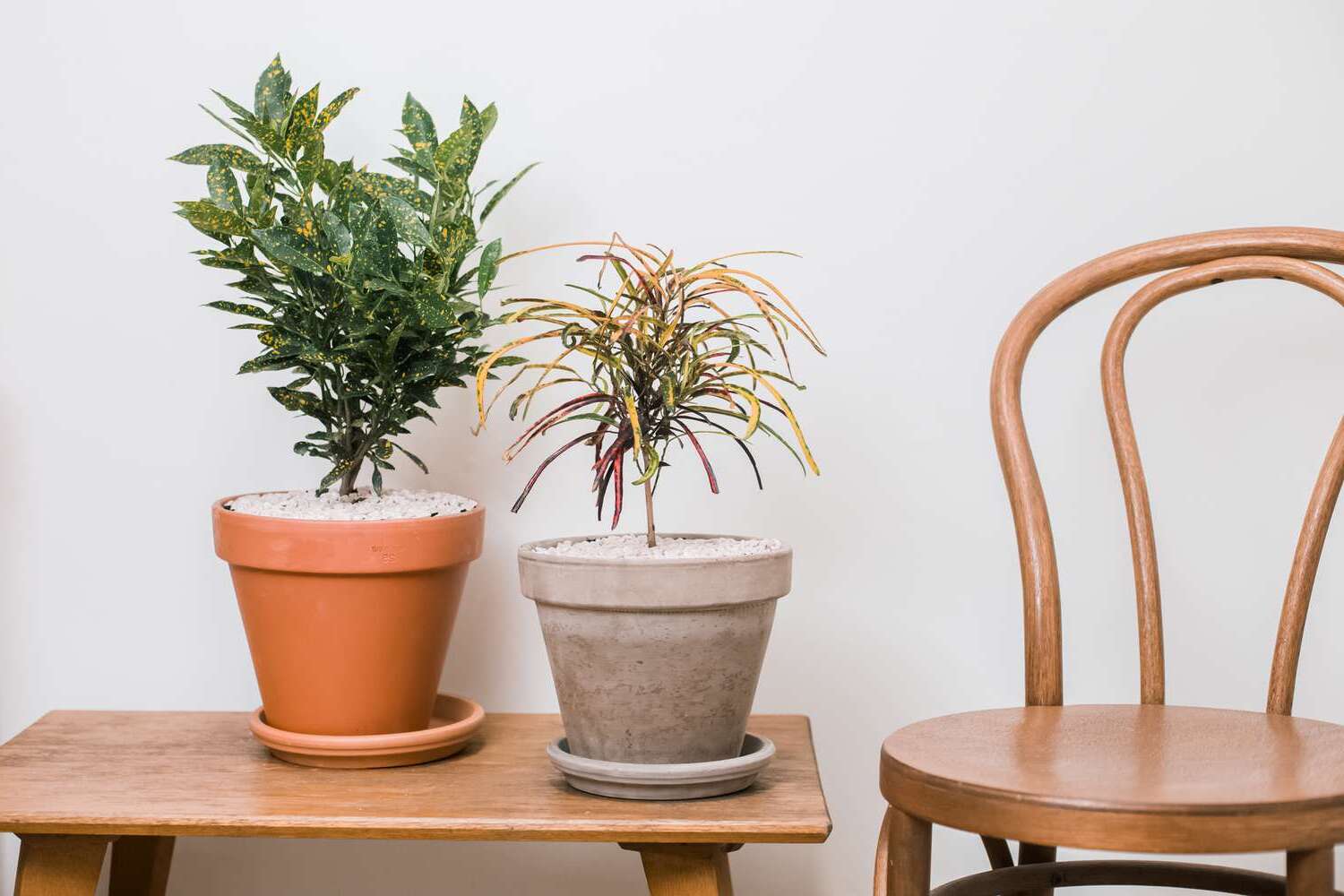
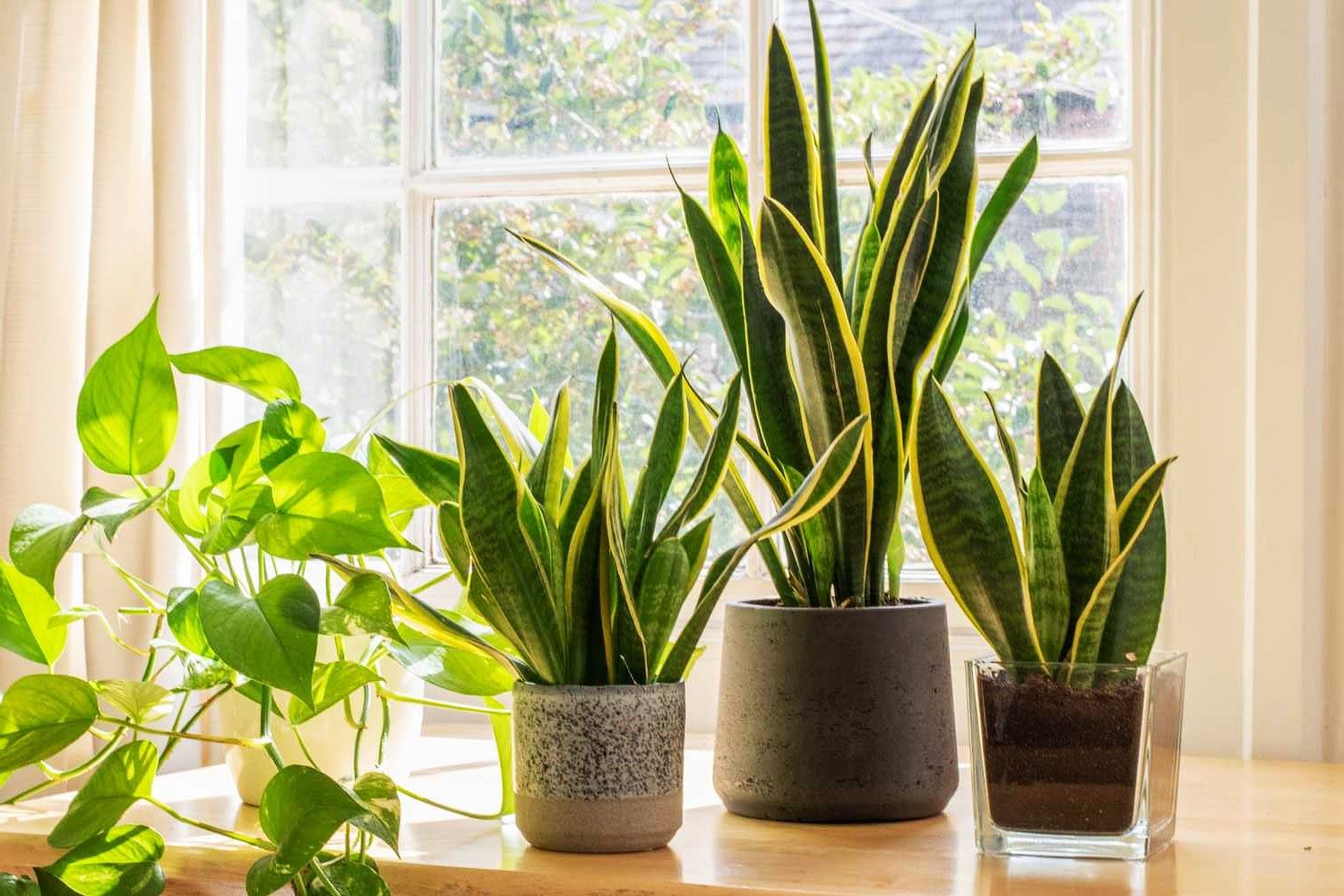

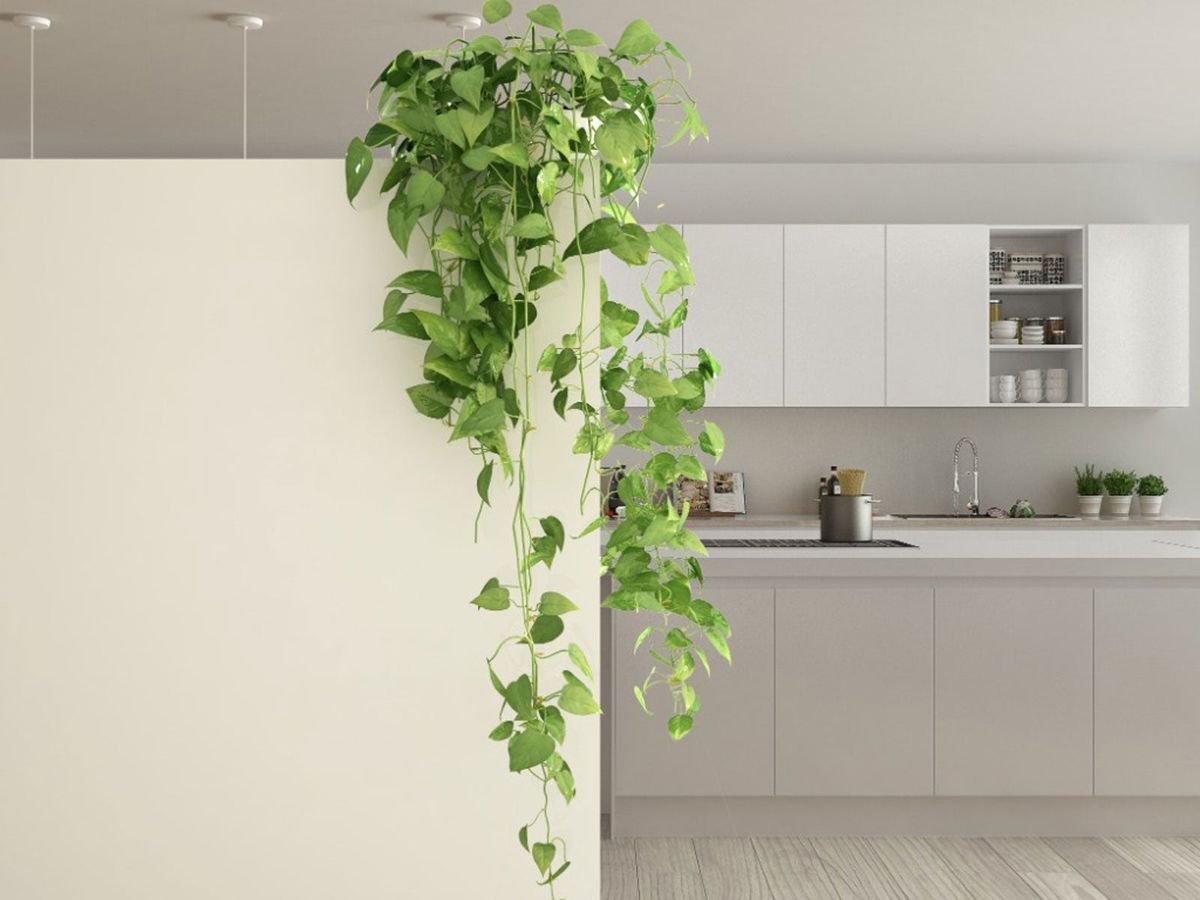
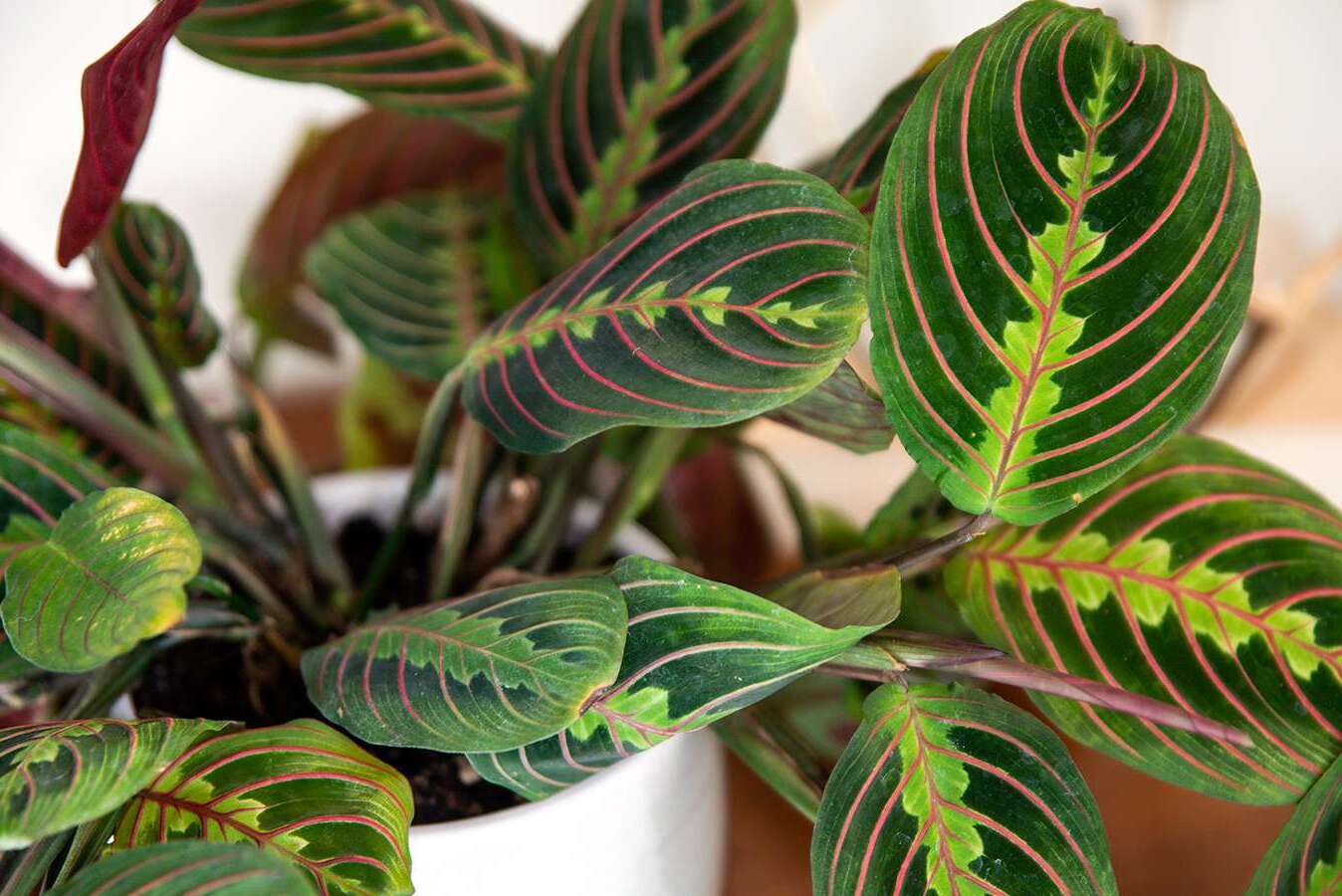
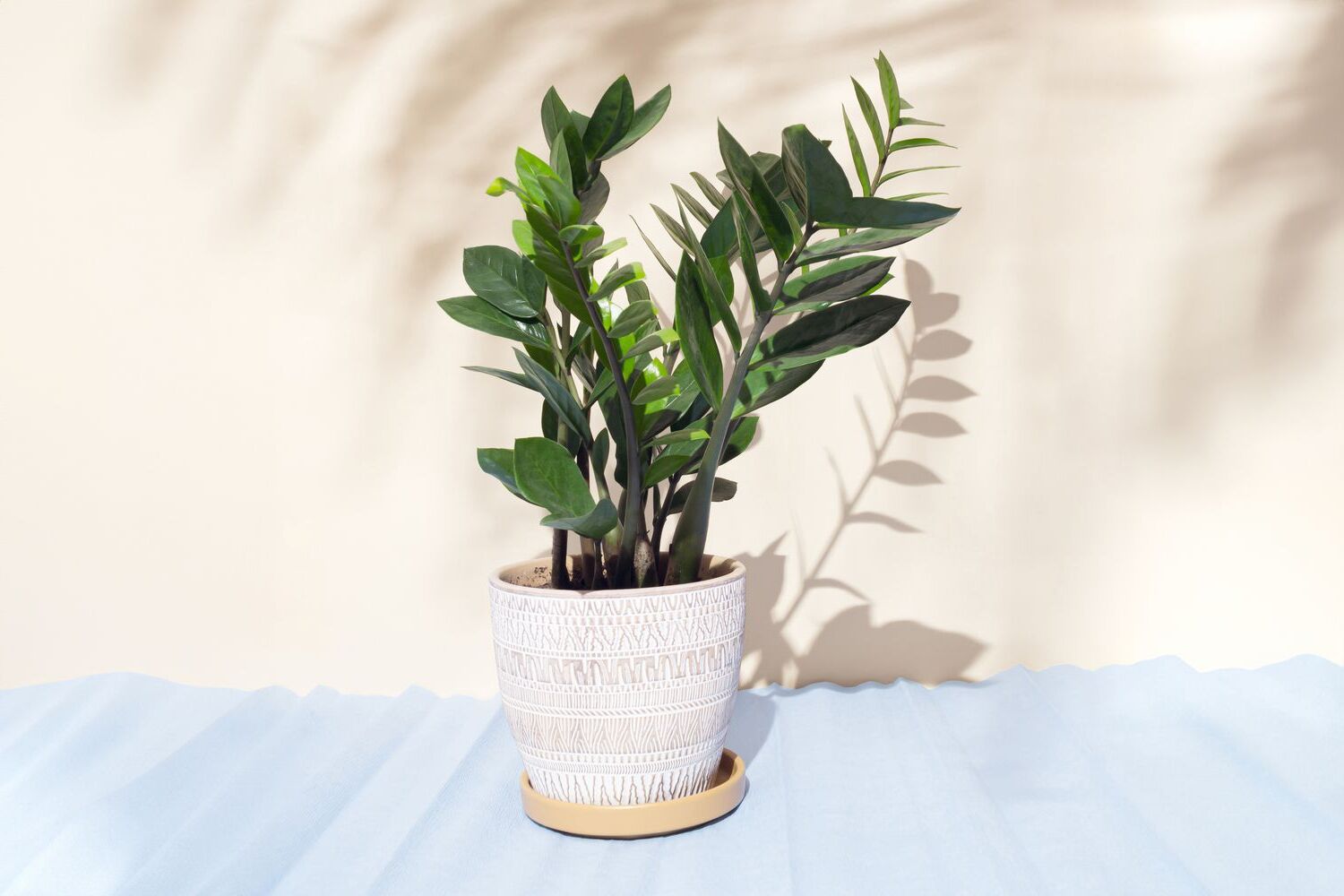
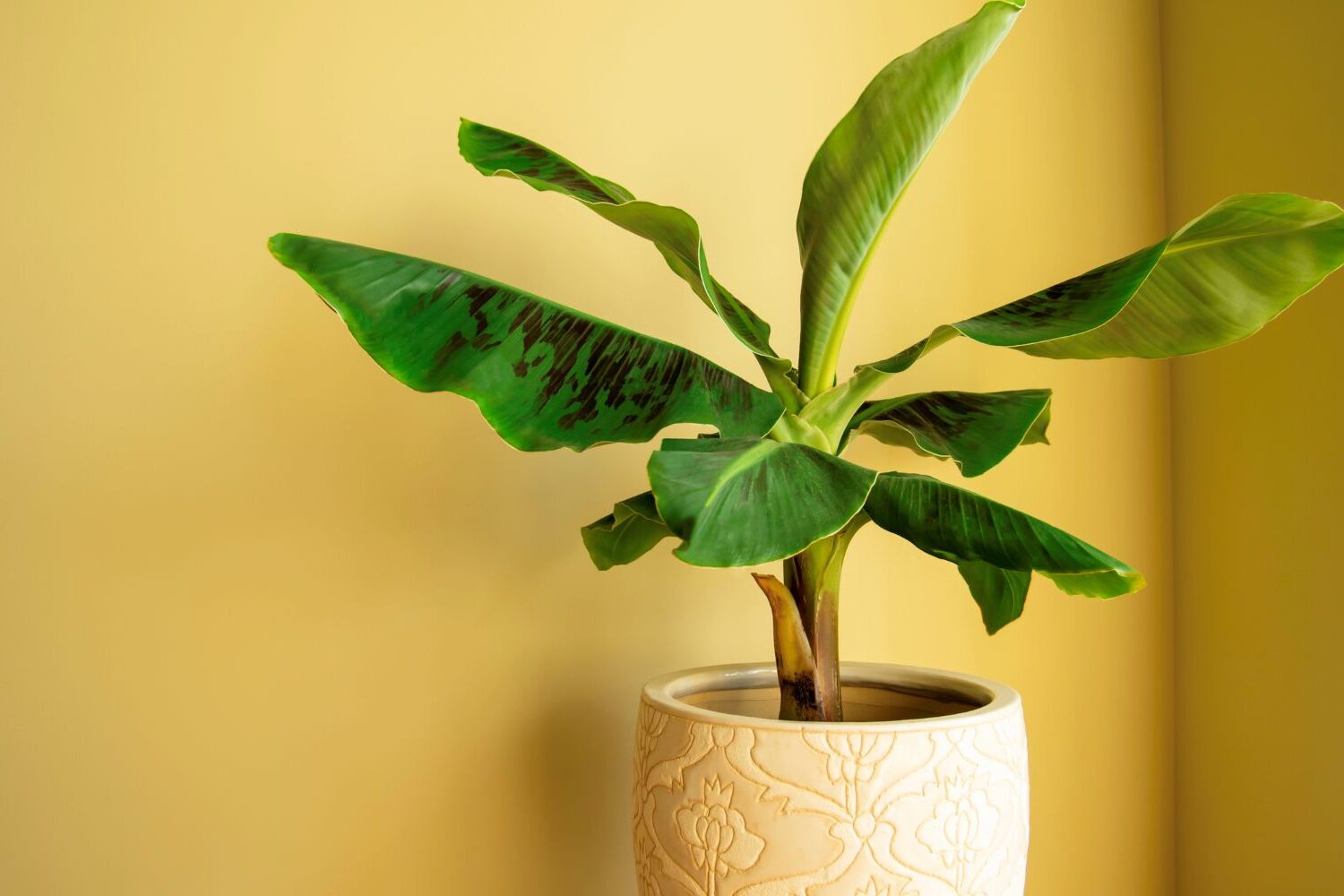
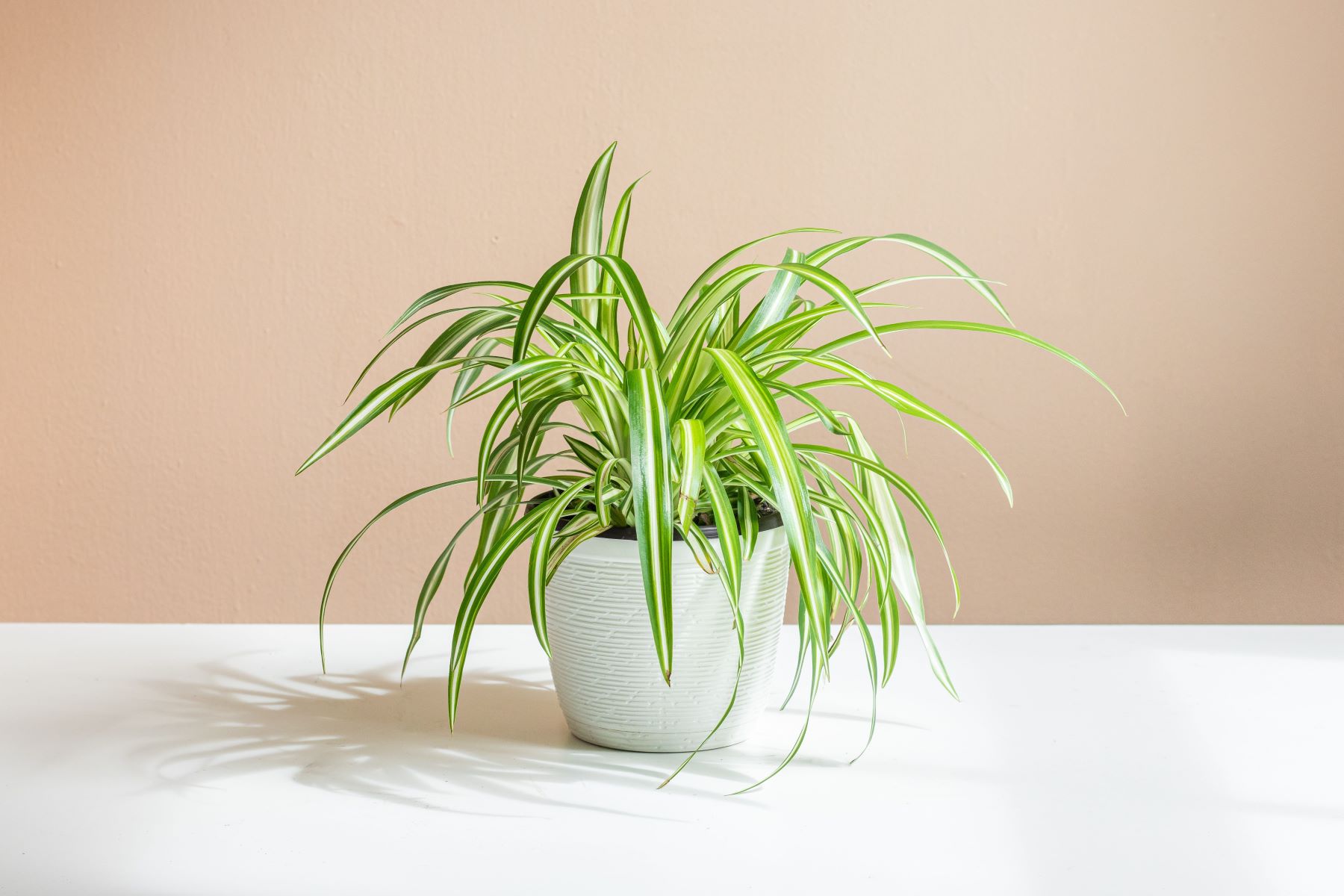
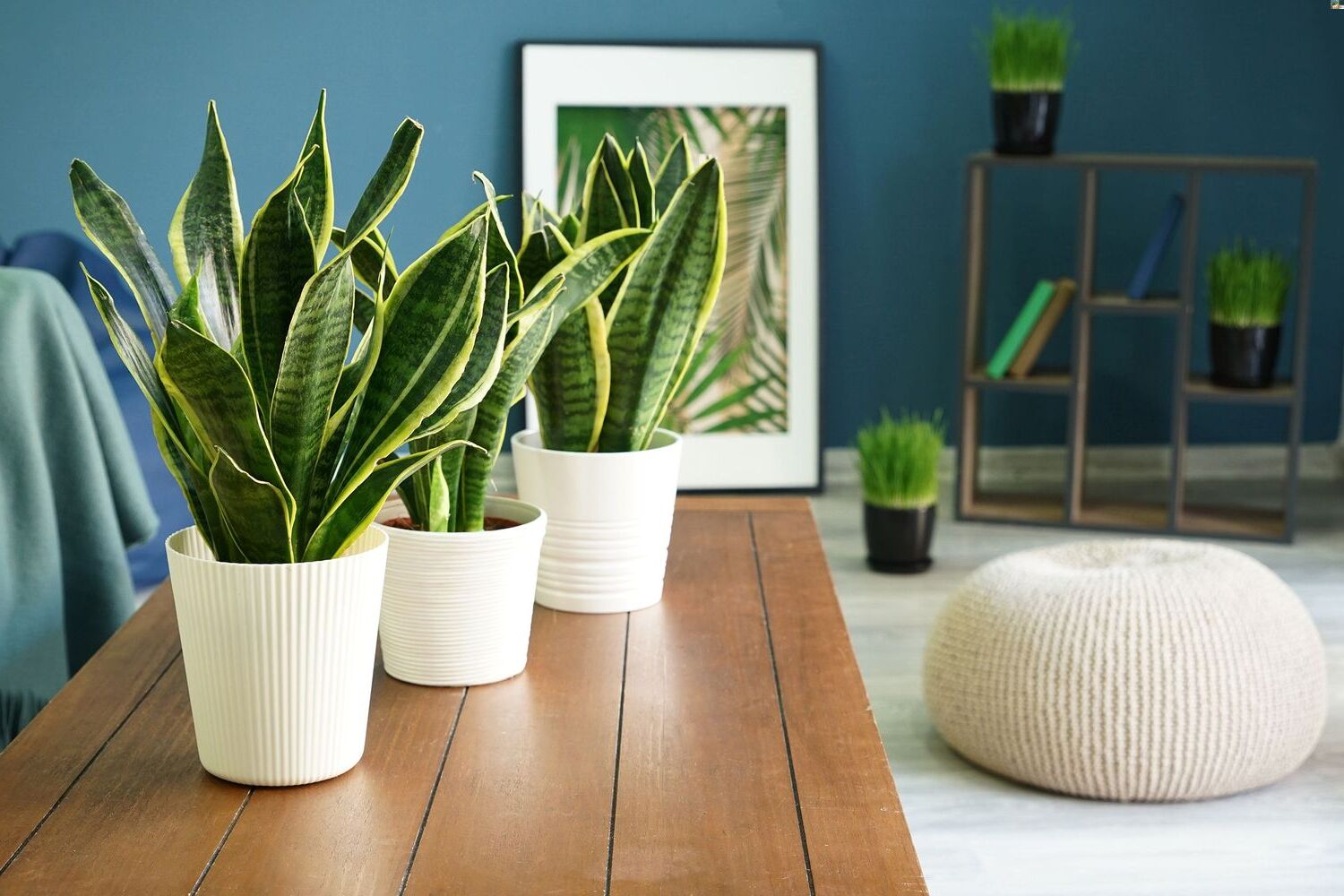
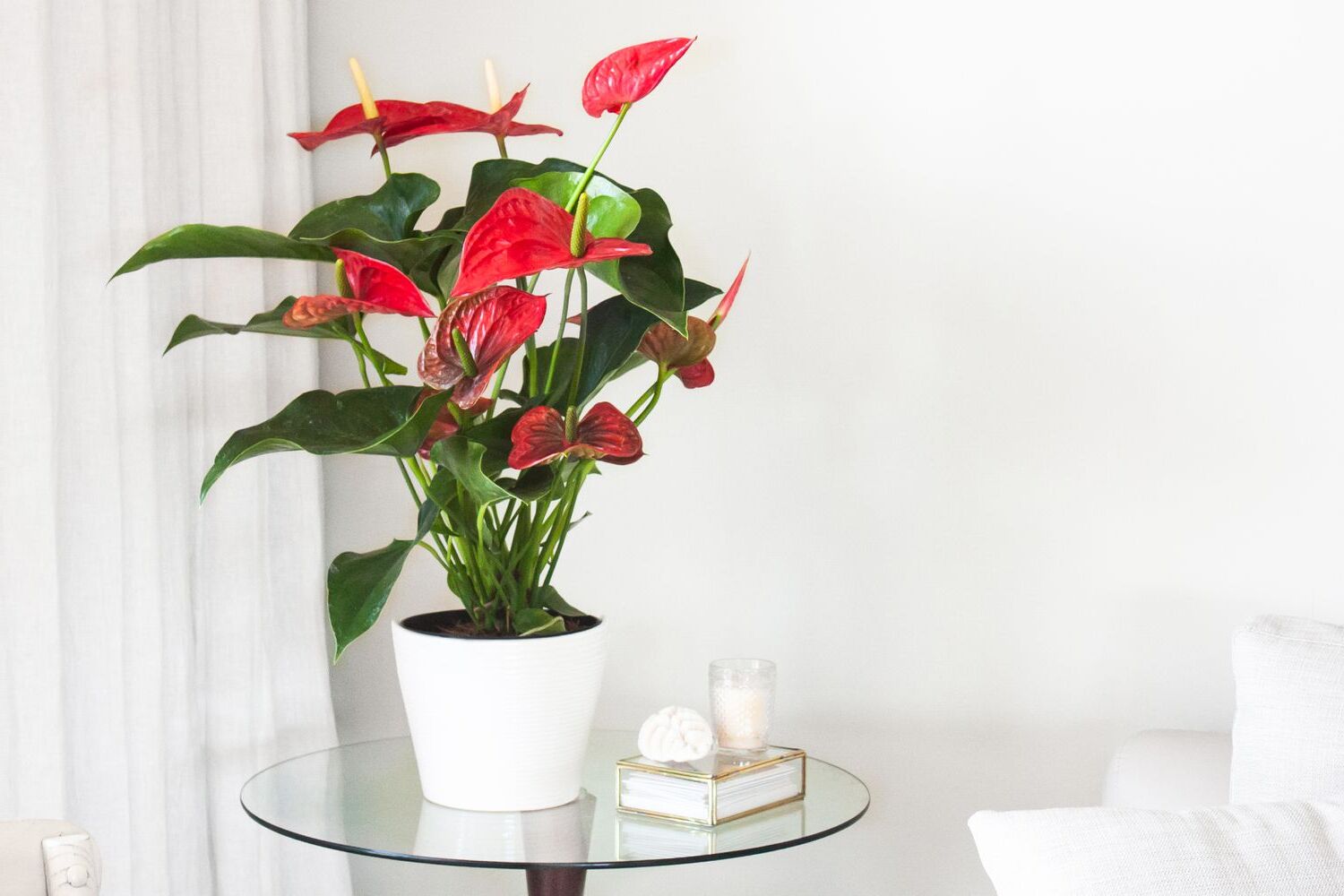


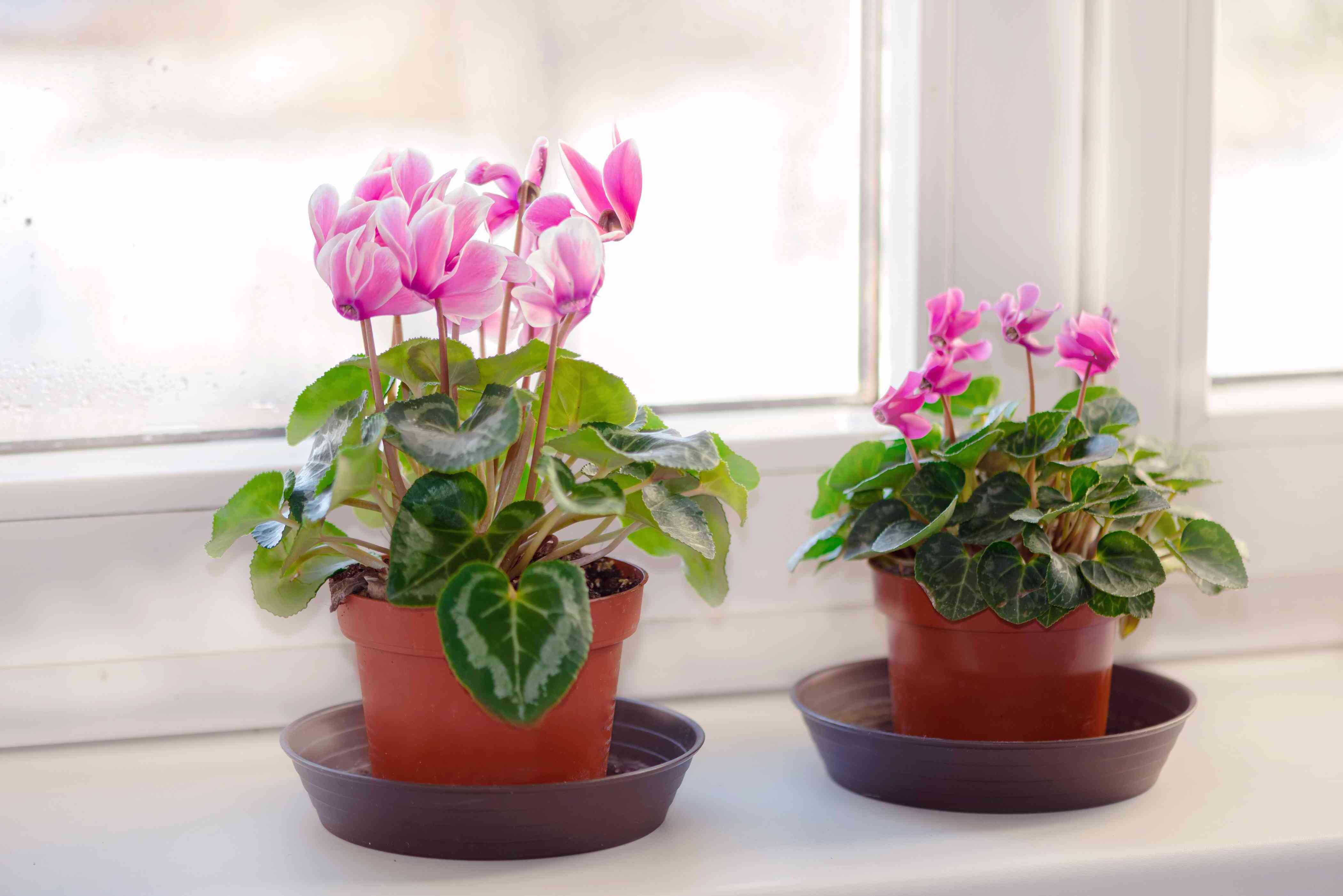
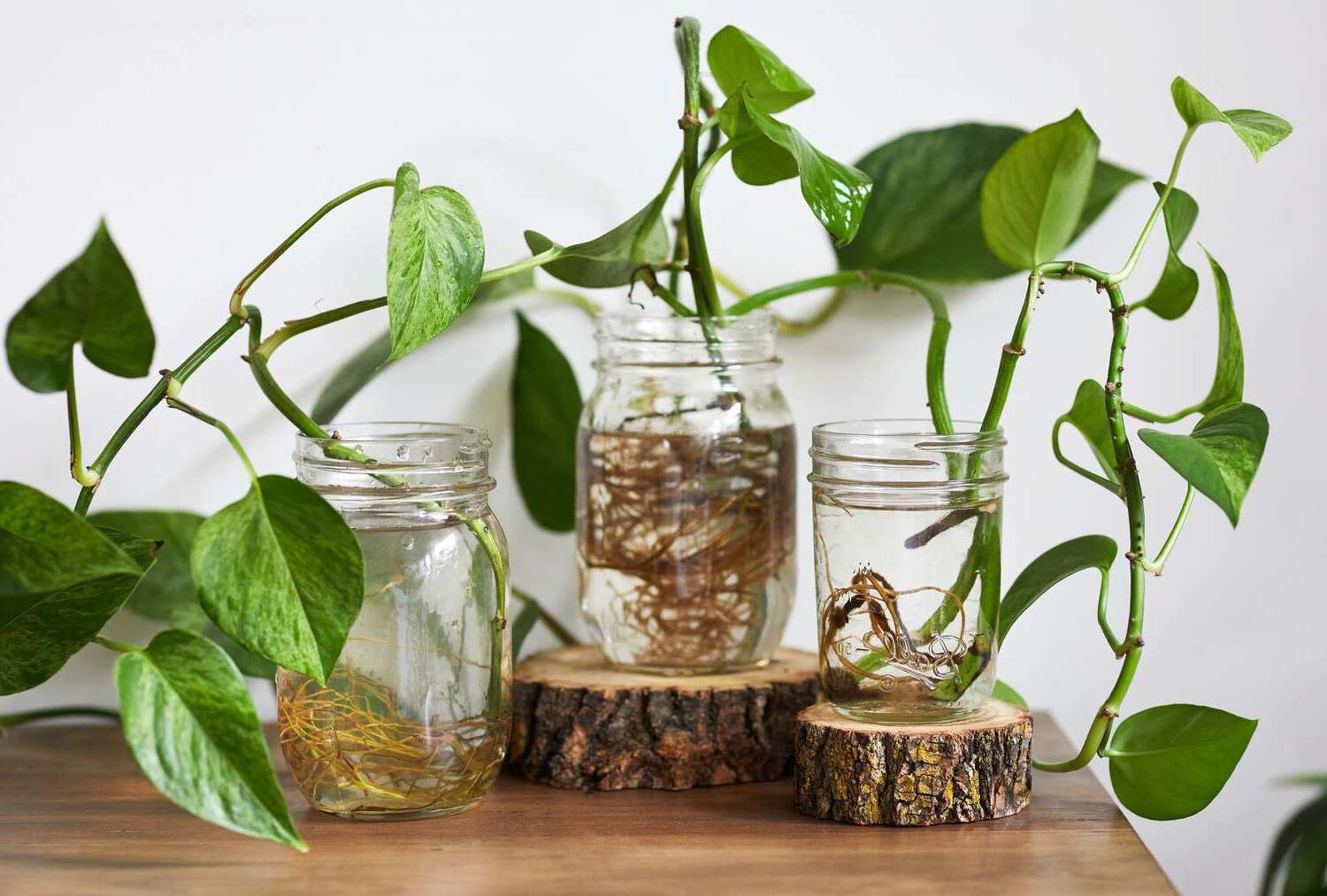

0 thoughts on “Indoor Carnivorous Plant Care and Unique Houseplant Ideas”